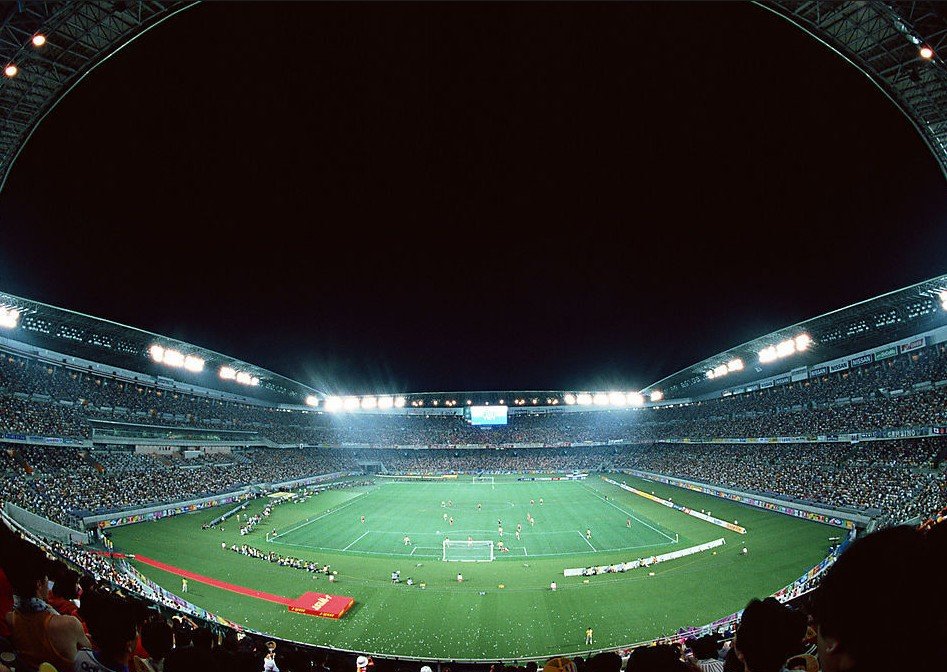LED stadium lights are the next evolution in sports lighting. These lights provide crisp, clear beauty for fans and players and can help build communities in your local community. LED Stadium Lights provide the best in quality and service. Here are some things to consider before deciding which type to install in your stadium. Ensure that you choose the right one by considering the following factors: Cost, Lifespan, Beam angle, and Power consumption. If you can afford it, then LED Stadium Lights are definitely the way to go.
Cost
There are several ways to cut the cost of LED stadium lights. LED bulbs have a long life and have a lower electricity cost. In the United States, the average price per kilowatt-hour is 12 cents. The manufacturers of stadium lighting products can also offer discounts for buying in bulk. You can also set up a group buy on their website, requesting a minimum order to get the best price. However, you must be careful about shipping costs when you buy from a distributor.
It is important to check the weight of the stadium lights before you buy them. Some LED stadium lights are lighter than others, which means that you can save money on reinforcement if the lights are too heavy. Moreover, most of these products feature a cold-forged die-cast aluminum design, which can reduce weight by up to 33 percent. If you choose stadium lights with a high weight, you may have to spend more money on strengthening the structure.
Lifespan
LED stadium lights can be installed in a variety of sports venues. These lights have many advantages over traditional lights. For example, they don’t put off glare and won’t cast light into neighboring homes. The brighter they are, the less impact they have on the surroundings. Moreover, they also provide much greater brightness than traditional stadium lights. This gives stadium owners greater value for their money. This article will cover the main features of LED stadium lights and what benefits they provide.
LED stadium lights are more durable and offer a higher lumen output compared to traditional metal halide lamps. Their lifespan is about ten times longer than that of halide lamps. This can also reduce the maintenance costs of stadiums. LED lights also do not cause light loss, a problem associated with conventional fixtures. They can be installed on short poles to decrease the need for additional lights. The same applies to cricket and football fields that don’t require extra lumens for playing.
Beam angle
Beam angles can vary widely in LED stadium lights. Using the right beam angle for your specific location will provide a balanced distribution of light in a particular area. To find the best beam angle for your stadium, consult an expert in lighting design. The beam angle is an important factor in determining the lighting design and will influence the lighting plan. A qualified lighting engineer will be able to help you choose the best type of LED stadium lights for your specific project.
Beam angle is the main consideration for stadium owners. A wide beam angle will cover most of the field, resulting in glare and wasted energy. To achieve the best beam angle, measure the area to be illuminated and consult with a lighting provider about the proper beam angle. LED stadium lights can be angled up to 80 degrees to maximize uniformity. However, this may not be suitable for entire football fields, as it can impact uniformity. Therefore, comprehensive photometric designs are recommended for stadiums.
Power consumption
LED stadium lights can save you a lot of money in the long run. They have long service lives, lasting 50,000 to 100,000 hours. This is significantly longer than the life of an incandescent bulb and significantly reduces maintenance costs. The LEDs in stadiums have better optics, leading to higher ground lux levels. They also don’t produce mercury vapor, so there are no environmental concerns. And because they’re much less expensive to replace, LED stadium lights are also more affordable to operate and maintain than other high-power LEDs.
Although LED stadium lights are expensive, they last longer and require less maintenance than their metal-halide counterparts. Tachyonlight’s latest lights use MEAN WELL drivers and OSRAM/BRIDGELUX chips. The combination ensures high lumen output and long service life. Even though these lights are expensive, they will last for up to 100,000 hours, making them much more cost-effective than their metal halide counterparts.
Glare
Generally speaking, glare is the discomfort of high contrast light. A pinpoint light source within a lighting fixture is the source of glare. Depending on its intensity, it can result in everything from visual irritation to temporary blindness. Exposure to glare can cause a variety of symptoms, from discomfort to impaired vision. Fortunately, there are many steps stadium owners can take to minimize the effects of glare.
Stadia lighting is meant to be visible, but it also must consider glare. Glare can be distracting to spectators and players alike. The excessive brightness of the lights can cause eye fatigue and strain, making viewing difficult. LED lights provide high-intensity illumination without the glare that can cause fatigue. They also provide a uniform color spectrum to the spectators, resulting in less glare.
Durability
LED stadium lights are a great option for many reasons, from private security to sporting events. LED bulbs are extremely durable and provide a uniform distribution of light in the stadium. Because of the high-quality LED chips, stadium lights can be used for many years. However, LED stadium lights must be maintained frequently and monitored for power consumption. A poorly maintained or broken LED bulb can result in higher power costs. To ensure the long-term durability of LED stadium lights, you should purchase these bulbs from a reputable brand.
LED stadium lights can provide optimal performance for 80,000 hours. This means they can provide the same level of brightness for up to 25 years, even if they are used eight hours a day. They don’t lose brightness because of their solid state properties. This makes them much more durable than metal halide fixtures. In addition to this, LED lights have a much longer lifespan than metal halide fixtures. Therefore, these stadium lights can withstand a high workload and are ideal for high-volume sporting events.

